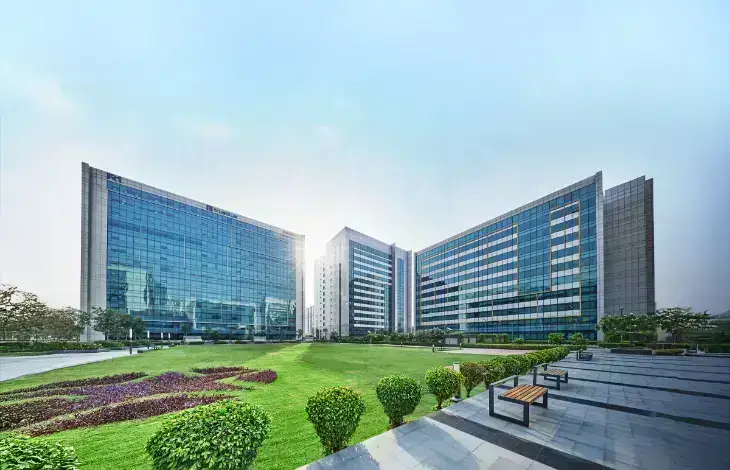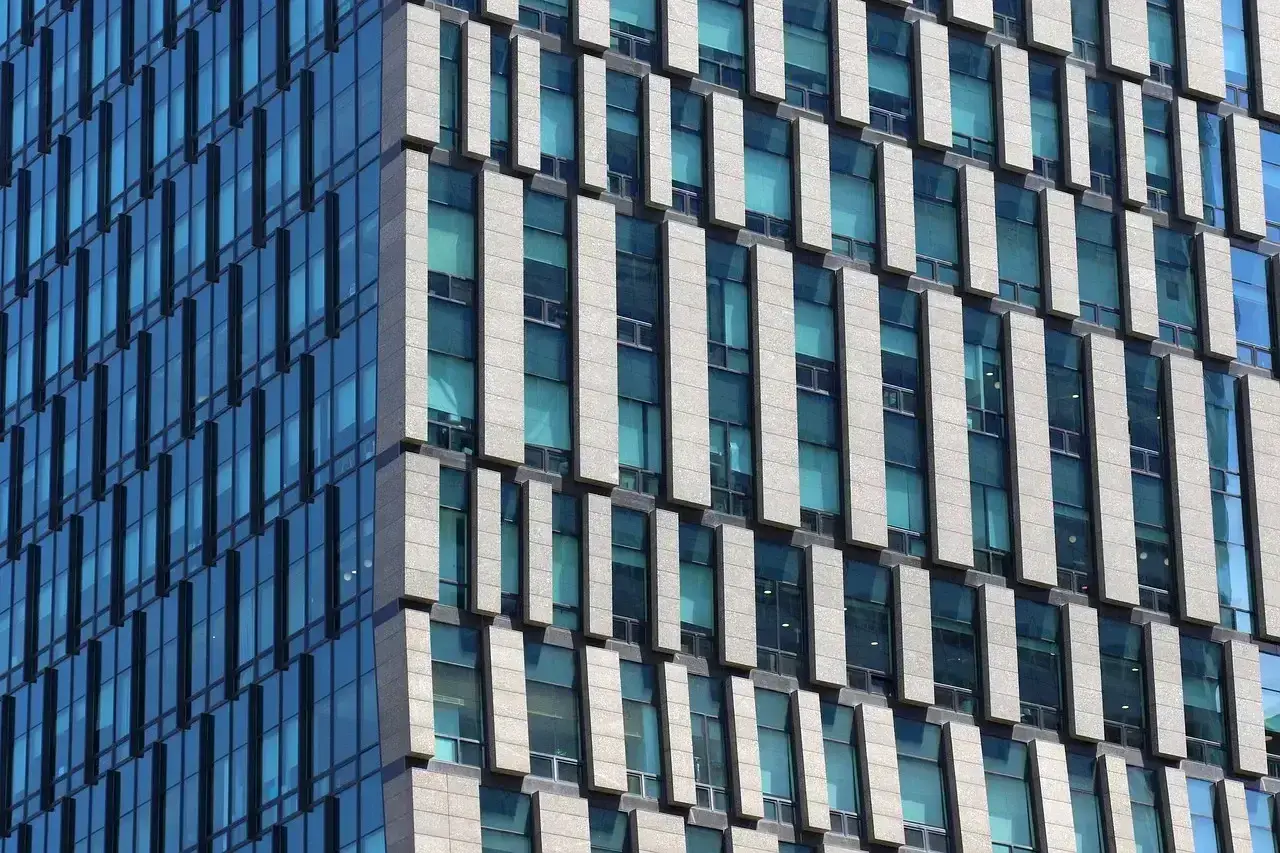The Amaravati capital city development is set to receive new financial boost as the World Bank is expected to release a second tranche of USD 200 million for Phase-I by December 2025. This follows an initial disbursement of USD 207 million earlier this year and comes as part of the World Bank and Asian Development Bank’s (ADB) joint commitment of USD 1.6 billion for the project.
Officials from the Andhra Pradesh government confirmed that the release of the next installment is contingent on the state spending at least 75% of the first tranche. Once this threshold is met, the World Bank will approve the subsequent disbursement, ensuring continued momentum for the ambitious capital city development.
Funding Structure and Contributions
The Amaravati Phase-I project, which represents a key component of the state’s urban development plan, is financed jointly by the World Bank and ADB. Both institutions have pledged USD 800 million each, bringing the total international funding to USD 1.6 billion (approximately Rs 13,600 crore). In addition, the Central government has committed Rs 1,400 crore, part of its broader Rs 15,000 crore contribution to Phase-I.
“Almost about Rs 1,800 crore has been released so far. Of this, less than 50% has been spent, and we expect to claim the next installment before December,” said S Suresh Kumar, Principal Secretary, Municipal Administration and Urban Development.
These funds are being deployed to support critical infrastructure, urban planning, and construction activities across the capital city region, ensuring that Amaravati develops as a modern, sustainable administrative hub.
The World Bank and ADB have instituted a rigorous monitoring mechanism for the project, with monthly inspections and reviews of expenditure, field progress, and compliance with environmental and social safeguards.
“Both banks verify records, meet with CRDA officers, and conduct field inspections regularly. They also interact with me every month to ensure the project progresses as planned,” Kumar added. The oversight focuses not only on financial accountability but also on compliance with Environmental and Social Management standards, which are integral to sustainable urban development.
Progress So Far
The World Bank has expressed satisfaction over the Phase-I implementation. According to a recent update, the first tranche of USD 207 million, released in March 2025, has enabled the commencement of construction activities and the establishment of the Environmental and Social Management Unit.
“Overall implementation progress is satisfactory. The first disbursement of USD 207 million Program advance was released in March 2025. Achievement of key disbursement-linked results reflects the commencement of construction activities and robust project monitoring,” the World Bank noted. This positive assessment underscores the confidence of international financiers in the Andhra Pradesh government’s capacity to manage and execute large-scale urban infrastructure projects.
The Department of Economic Affairs at the Centre serves as the formal borrower for the World Bank loan, while the Andhra Pradesh Capital Region Development Authority (CRDA) acts as the implementing agency. This arrangement ensures alignment of the project with both national and state-level development priorities.
The funds are earmarked for key infrastructure works, including administrative buildings, road networks, utility services, and environmental safeguards, laying the groundwork for a fully functional capital city.
The phased funding strategy, combined with regular oversight by the World Bank and ADB, ensures that Amaravati’s transformation into a modern capital is both efficient and transparent. The project is expected to have far-reaching economic and social benefits, including improved urban infrastructure, enhanced public service delivery, and increased investment inflows into the region.
As the second tranche approaches, stakeholders are optimistic that the project will continue to progress smoothly, reinforcing Andhra Pradesh’s vision of a well-planned, sustainable capital city capable of meeting the demands of a growing urban population.
Image- worldbank.org









.png)